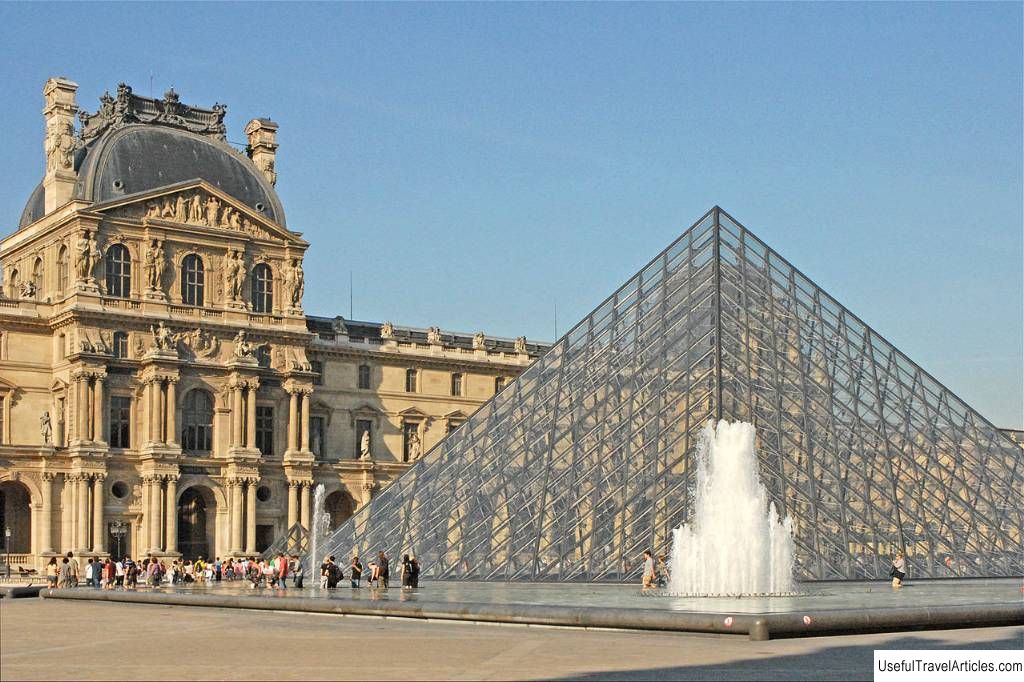Louvre in France, Paris resort
Rating: 9,5/10 (2437 votes)  Louvre – the third largest and most visited museum in the world. Under the roof of an ancient French royal castle, collections of works of art covering the geography of most countries of the world are collected. The Louvre is located in the 1st administrative district of Paris, on the main square of the city. It is from here, from the statue of Louis XIV, that the so-called historical axis of the city begins. The word"Louvre" has several interpretations of its meaning. Some historians believe that it goes back to the name of the place where the first tower of the castle was built, some believe that this is one of the common European words for a fortress. Anyway, the first buildings of the Louvre are specifically defensive. According to chronicles, in 1190, the king of the French lands Philip-Augustus ordered the construction of a fortress wall capable of protecting the lower reaches of the Seine from the raids of neighboring principalities. From this date, the history of the Louvre is counted. The Louvre became the royal palace only in 1357, during the reign of Charles V. Several centuries after its foundation, the old walls of the Louvre fortress began to collapse, and the palace began to be rebuilt. From 1528 to 1550, the palace lost its ancient appearance and gradually turned into a luxurious residence of the French kings. In 1594, the territory of the Louvre was merged with the Tuileries Palace, and during the reigns of Louis XIII and Louis XIV, the Louvre increased in size at least four times. At the same time, Louis XIV moved the residence to the new Versailles, and the Louvre began to gradually fall into desolation. Louis XV, under pressure from public organizations, decides to turn the Louvre into a museum, but he did not manage to do this. the Great Revolution happened, and for the king the order to change the status of the Louvre was signed by the government of Robespierre. The palace became a museum in September 1793. At the moment, the Louvre building itself contains collections classified by location and genre. The collection of the Ancient East contains exhibits from Iran, Mesopotamia, Ancient Syria, Cyprus and Palestine, united in the collection of the Ancient Mediterranean. The main exhibit of this part of the Louvre is the Code of Laws of Hammurabi. The collection of Ancient Egypt contains statues, mummies, papyri and many other objects found in excavations in Egypt. The collection of Ancient Greece, Rome and Etruria contains unique exhibits from the early days of European civilization. Nika of Samothrace and Venus de Milo are kept here. Since 2003, the art of Islam is a separate collection of the Louvre, which contains various pieces of art from Muslim countries from the inception of religion to the 19th century. World masterpieces are collected in the collections of sculpture and painting. The sculpture collection was originally dedicated exclusively to antique statues, but by the end of the 19th century, the department became independent, adding sculptures from the Middle Ages and Modern Times. Also, depending on the approach of memorable dates for French history, the Louvre may open temporary exhibitions that occupy entire halls. Tickets are sold separately.    We also recommend reading Imperial Tomb in Austria, Vienna spa Topic: Louvre in France, Paris resort. |




